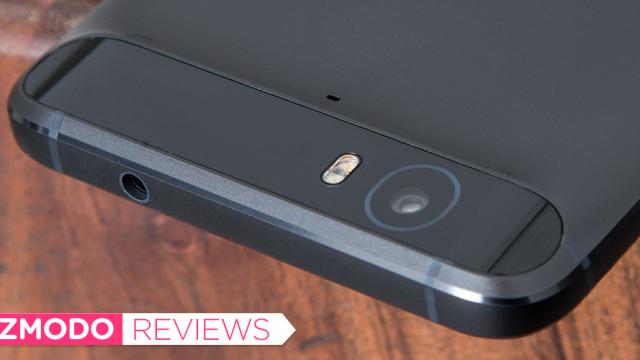Google-designed Nexus phones have been beating the handsets designed by third-parties for a few years now, owing to their use of an unfettered stock Android. With the 6P, Nexus finally gets gorgeous hardware to match the lustre of its powerful software. It’s the Android phone almost everyone should buy.
What Is It?
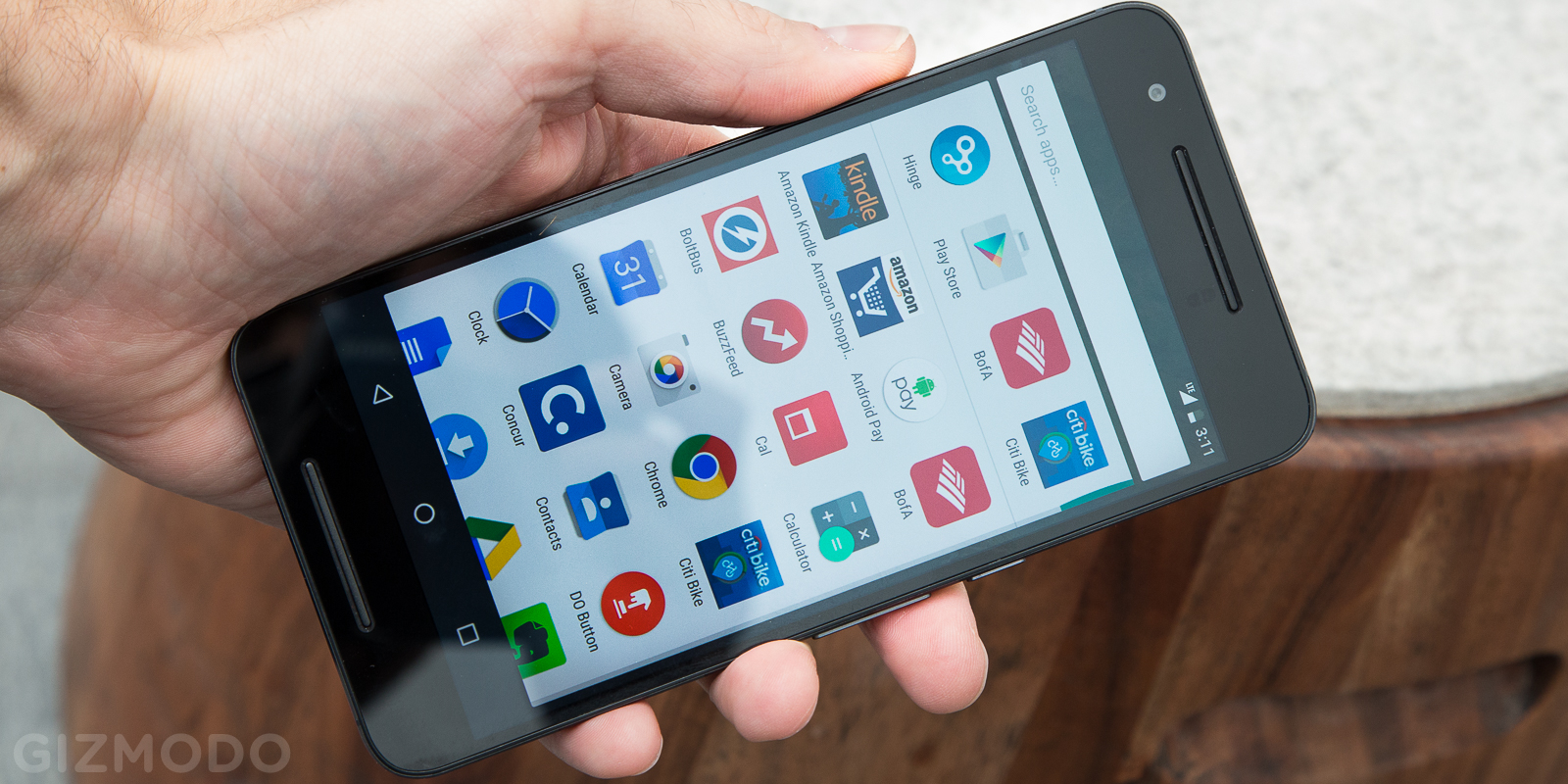
A 5.7-inch Android smartphone designed by Google in partnership with the Chinese manufacturer Huawei. You may have never heard of Huawei, but it’s been around. In fact, it became the number smartphone maker in China just last week.
The 6P is a metal/glass combo that sports a top-of-the-line Snapdragon 810 octa-core processor, a 12.3-megapixel main camera, and a QHD OLED (2560 x 1440) display. Unlike it’s cheaper sibling the Nexus 5X, this is a flagship meant to compete with all the top phones. It starts at $US500 with 32GB of onboard storage (no Australian price as yet, unfortunately).
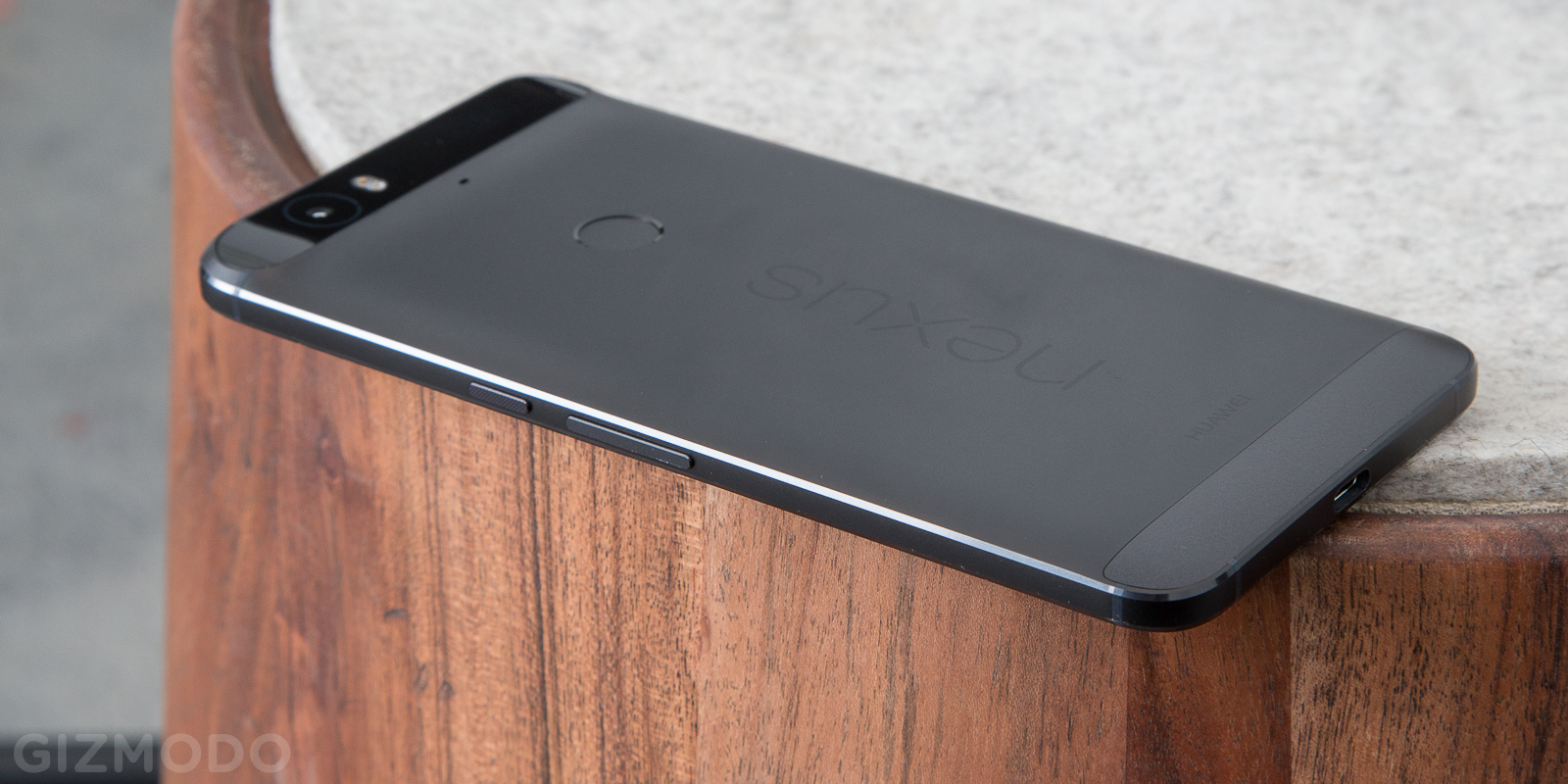
Android as a platform is enormously popular globally, but in terms of people shopping for “premium” devices, it’s still playing catchup. In part at least, the Nexus program has been an effort by Google to guide the design of hardware to that point where a phone is aesthetically and functionally perfect.
Over the last few years, Android’s been getting there! Very good phones from several manufacturers have come out and with few exceptions, the very best have been Nexus phones.
Google makes the operating system so this intuitively makes sense. With the 6P, the company finally gets it right, at a price that’s hard to beat.
Design
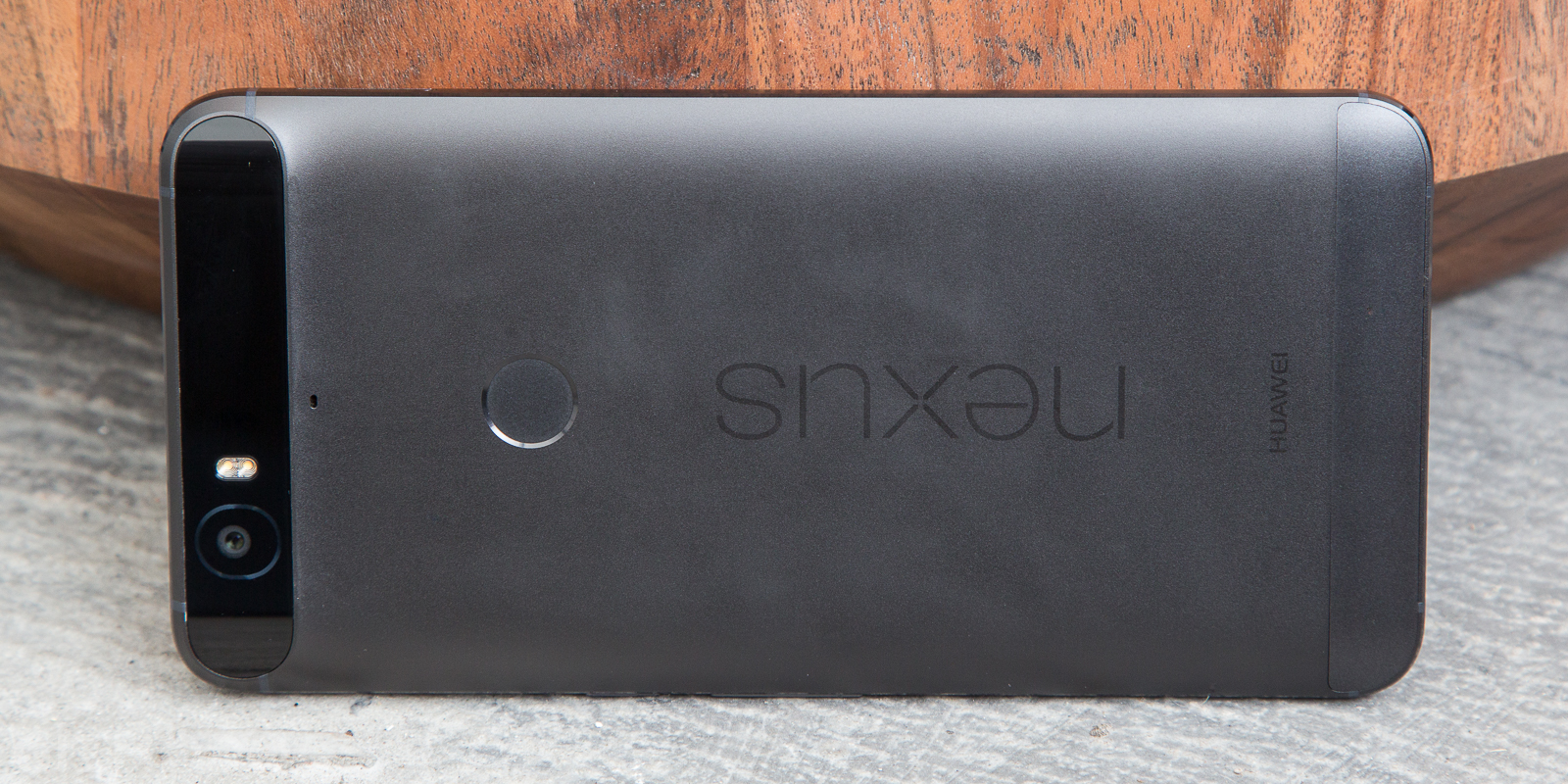
Bigger is not always better. Last year’s huge Nexus 6 was an awesome phone — it was one of my favourite I’ve ever used — but critics were right. For many people, it was too huge.
Enter the Nexus 6P which has a smaller display (5.7 vs 5.96 inches), is narrower (78 vs 83 mm), thinner (8.3 vs 10.1 mm), and lighter (178 vs 184 grams) than the Nexus 6. The most important change are the narrower and the thinner measurements. My hand couldn’t quite hold onto the Nexus 6 comfortably with one hand, which made reading something one-handed a delicate balancing act. Now the 6P is totally manageable.

The phone’s display resolution remains exactly the same, which means, of course, that you’ve got a denser layout. It’s beautiful just like all the other OLED QHD displays out there. We are starting to reach a plateau for display perfection, at least one you can discern with the naked eye.
Unlike the Nexus 6, which was backed with plastic in an aluminium frame, the Huawei-made 6P is completely aluminium. The overall design is elegant, with clean lines that help the device feel even smaller than it is.

The phone does, however, have two unusual design features. First of all, like the new 5X, the 6P has a fingerprint sensor in a little dimple on the back of the phone.
The other odd facet is the rectangular camera bulge at the top on the back for what Google claims is a life-changing 12.3 megapixel camera.
The Nexus 6 makes the move many others have made to the USB Type-C charging port, which brings advantages like super-fast charging and blazing data transfer. It has the initial disadvantage that your local bar probably won’t have one behind the bar, however, charging cables should be fairly ubiquitous soon.
Using It
The Nexus 6P is a mighty chariot for Android.
There’s no lag anywhere. Tap an icon and an app launches, swipe the homescreen, and the next page flaps up instantly. I spent a few hours doing all of my work on my phone just yesterday: Chatting, using Slack, email, editing posts — the works — and I was really impressed at how nothing ever jammed up. Multitasking was a breeze. It’s the kind of super-fast implementation of the OS that’s sometimes missing from other spec-sheet daydream Android phones out there. The OnePlus 2, for example, really started to piss me off with this after a while — and as for Samsung’s TouchWiz skin, well, that remains an inferior approximation of Android in it’s simple goodness.
Now I’m not much of a mobile gamer, but I did fire up Dead Trigger 2 just to see if the phone would do all right with a more involved, more graphics intensive game. It loaded quickly, and I ran around killing zombies without the slightest glitch.
Despite the slightly smaller display, the phone retains its big phone utility. For me, the biggest revelation about the the Nexus 6 was the ability to read books in the Kindle app on my phone comfortably. I read entire novels on that thing. I haven’t gotten through a whole novel on the 6P yet, but I did devour a 7000-word magazine article without straining my eyes or my patience.
Finally, a note on battery life. Google dumped a big ‘ol pack in here, and it holds up about as well as you can expect for a phone with a QHD display. It easily makes it from morning to evening, and if I’m not totally abusing the phone, I can even squeeze 24 hours of battery out of it.
Android 6.0
With the new Nexus line, we’re getting our first look at the of the latest version of Android Marshmallow.This time around, the OS didn’t get as huge of an overhaul as on Lollipop in 2014. To my eyes the most noticeable additions are customisable app permissions and Google Now On Tap.
The former is a really great idea, one that’s blessed iOS for a while now. Rather than letting an app tell you what permissions it’s going to take, you can customise exactly what permissions are allowed by granting permissions when the app actually needs them. For example Evernote always wants to access my calendar to associate my notes with whatever was happening on a day. (Oh, cool, so my note about a story idea is associated with Darren’s birthday. Useful. Thanks Evernote.) In Marshmallow, I just deny Evernote access to my calendar, and tell it to never ask me again. Boom. Done. It’s pretty nice and seamlessly integrated.
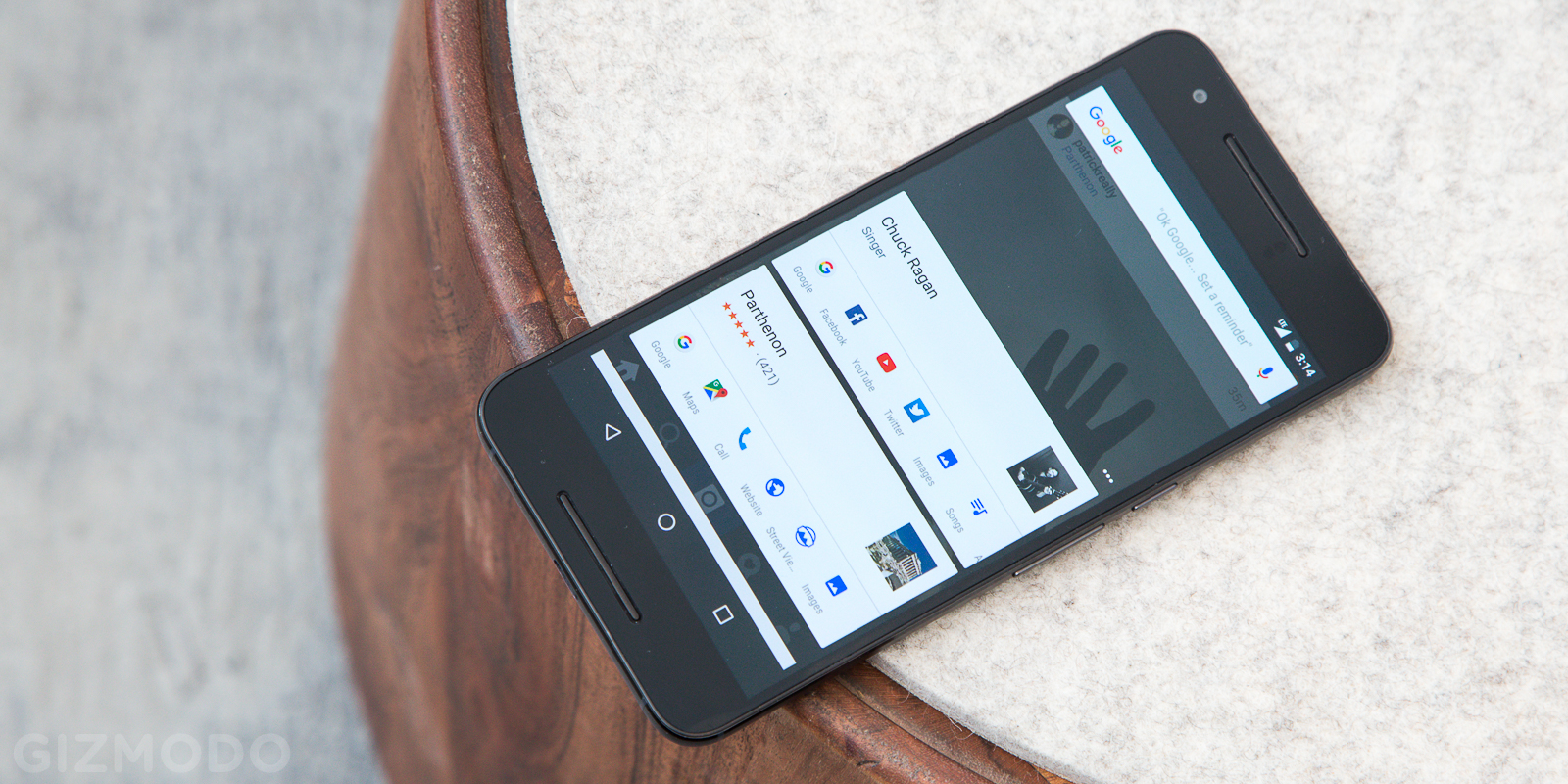
Google Now On Tap is supposed to bring contextual search to every app, which also sounds like a great idea. When you press and hold the home button, Google uses whatever’s on the screen to perform a search, and then suggests some possible links. It’s very fast, but hardly perfect. The results are a mixed bag — even if it finds anything at all. I know I’ve only been using this phone for a week, but On Tap has failed to change my phone usage in any meaningful way.
Fingerprint sensor
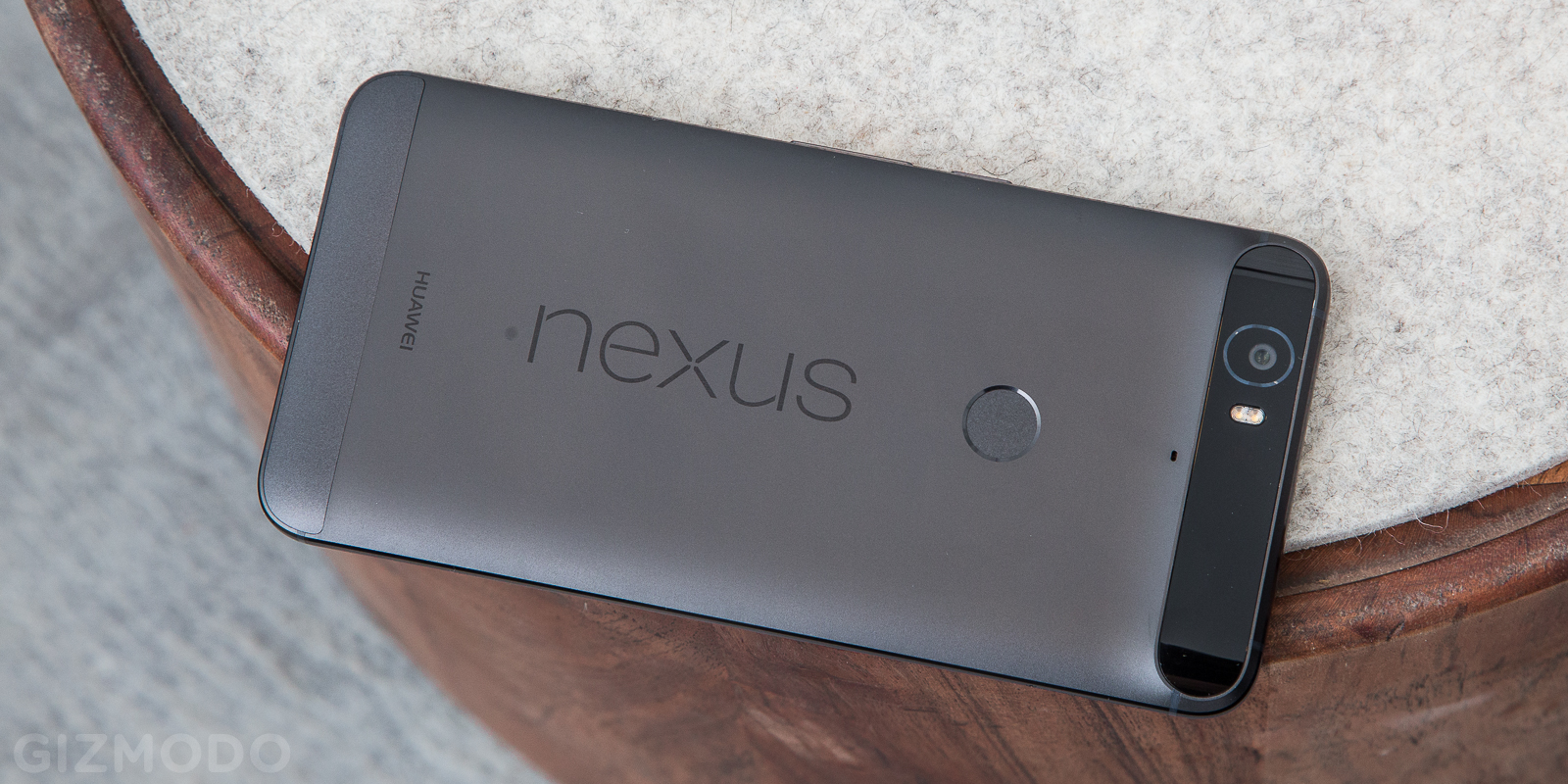
It works! Mostly. Before switching to the 6P, I was using the iPhone 6s Plus and compared to that impossibly fast, incredibly consistent miracle, the 6P seams weak. If you pull your finger away from the sensor too quickly it doesn’t register. It also takes maybe a beat longer than I want it to. But in fairness, it works fairly consistently, and it’s certainly not laggy.
I appreciate that if place your finger on the sensor, it wakes up your phone and unlocks it in a single step. That said, the feature has adverse consequences that can get a little annoying. When you’re just grabbing your phone and not necessarily trying to unlock it, the sensor will pick up the side of your hand or a random part of your finger. Thinking you’re trying to unlock the phone, it will vibrate angrily that the fingerprint doesn’t match. Sometimes, I’ll activate the sensor when I’m just reaching in my pocket trying to grab my keys or something and get a little love buzz on my leg. It’s a minor thing, but a quibble nevertheless.
Finally, I quite like the idea of positioning the sensor on the back of the phone. It’s a curious idea that has both advantages and disadvantages. It’s well-designed and reflects the way we actually hold our phones — that’s exactly where my index finger was going to be anyway! It also frees up real estate on the front of the phone. That said, I kind of miss being able to quickly unlock a phone when it’s sitting on my desk without picking it up.
Camera
OK, Nexus phones have never had the best cameras, but they have certainly been making progress in recent years. The best way to describe the 6P would be “serviceable.” I took photos at a concert in a dark bar and pretty much got the shot I was looking for though it wasn’t always the first shot I took. I think the phone definitely suffers for its lack of optical image stabilisation, which the Nexus 6 did have.
In other words: It does the job, but it’s not in the top tier occupied by the iPhone 6s, LG G4, or Galaxy S6.
I do like that Google’s incorporated a quick camera open feature this time around. Double tap the power button on the side of the phone, and the camera opens up. Google’s new streamlined photo app is very efficient. It has almost no features! So if you want a little more power, you’ll need to go with a third party application.
Here are some photos:

This skyline photo taken in great light is oversharpened.

Dr. Zoidberg looks pretty good in this photo shot in reasonable light.

This is a dog drinking Guinness in a dark dive bar — an awesome thing that happened. Unfortunately, this is not an awesome photo.
Should You Buy It?
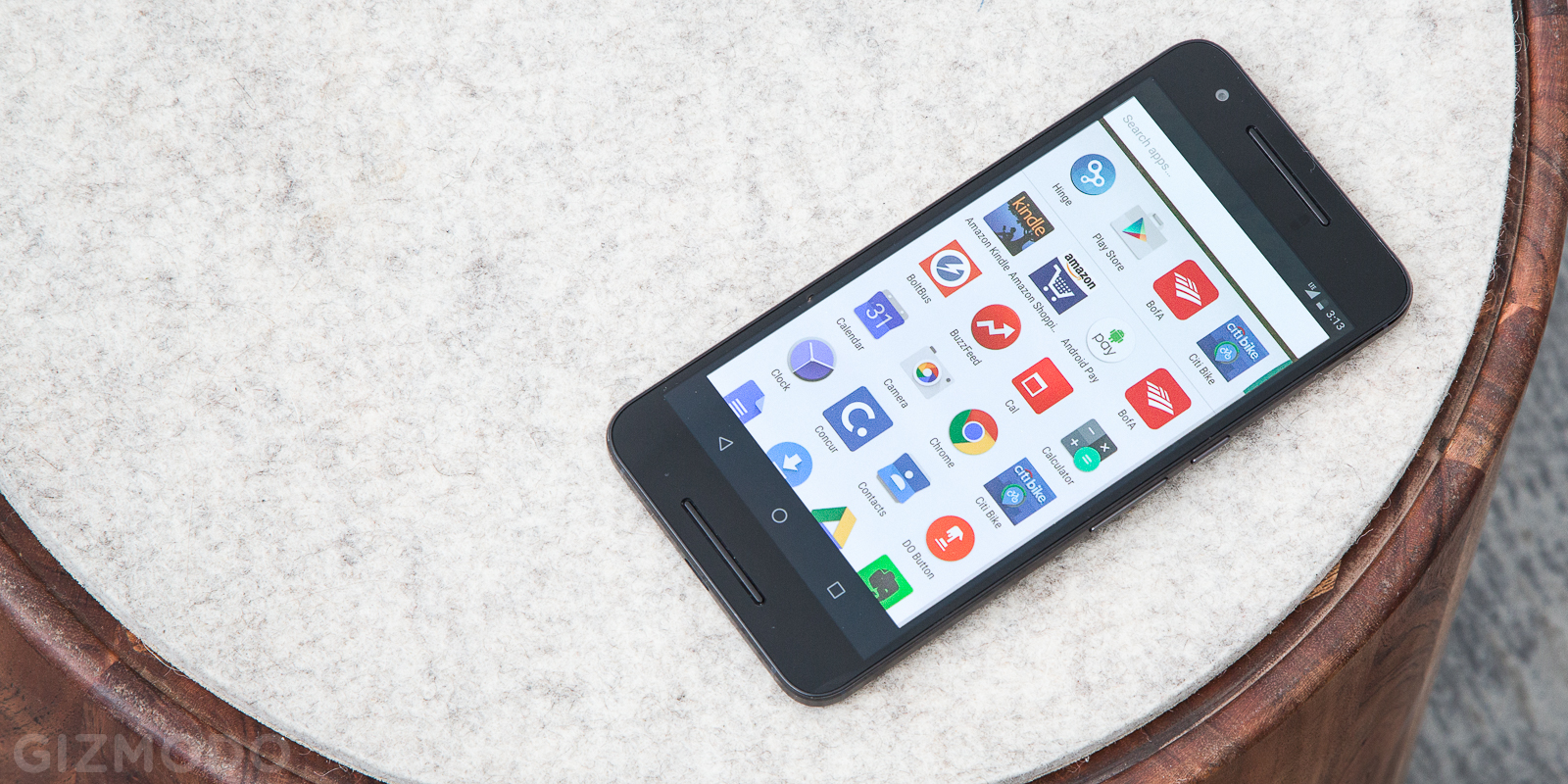
Definitely. This is it. The Android phone for everyone. It does most of the regular phone stuff you do everyday better than everything else. This is the purest and most polished Android experience you’re going to get. Period.
I noted some drawbacks in performance of the camera and fingerprint sensor, and I think I should qualify that these are really minor complaints. The camera and the fingerprint sensor work. They’re just not up to the incredibly high bar set by the phone’s design, general software performance, and other phones that do these things better. But a single phone can’t be the best at absolutely everything.
The entry-point is $US500 for 32GB version, which puts it slightly out of the range of cheap Android. It’s cheaper than flagships like the Galaxy S6 and the LG G4, and I think you would be nuts to buy those over the Nexus 6P, which is a better phone. You can get the seamless, and sleek Nexus 5X for $US130 less. If you want a big phone for cheaper, the $US390 OnePlus 2 is a crapton of phone for the money. The Moto X Pure Edition is also a solid mid-tier competitor. (For the more Moto love there’s the $US220 Moto G, but that’s not really a phone for this conversation.)
It’s taken a few years, but Google finally did it. Here’s the phone Google’s been trying to make. The spirit of Android, realised in matter.
Nexus 6P Specs:
- OS: Android 6.0 (Marshmallow)
- CPU: Snapdragon 810 processor / Adreno 430 GPU
- Screen: 5.7-inch 2560×1440 AMOLED (518 PPI)
- RAM: 3GB
- Storage: 32GB, 64GB, 128GB
- Camera: 12.3 megapixel rear / 8 megapixel front
- Battery: 3450 mAh
- Dimensions: 159.3 x 77.8 x 7.3 mm
- Weight: 136g
- Price and Availability: Starting at $US500, Australian pricing currently unavailable.
- Extra notes: No wireless charging, fingerprint sensor, USB Type-C
Images and video by Michael Hession.
